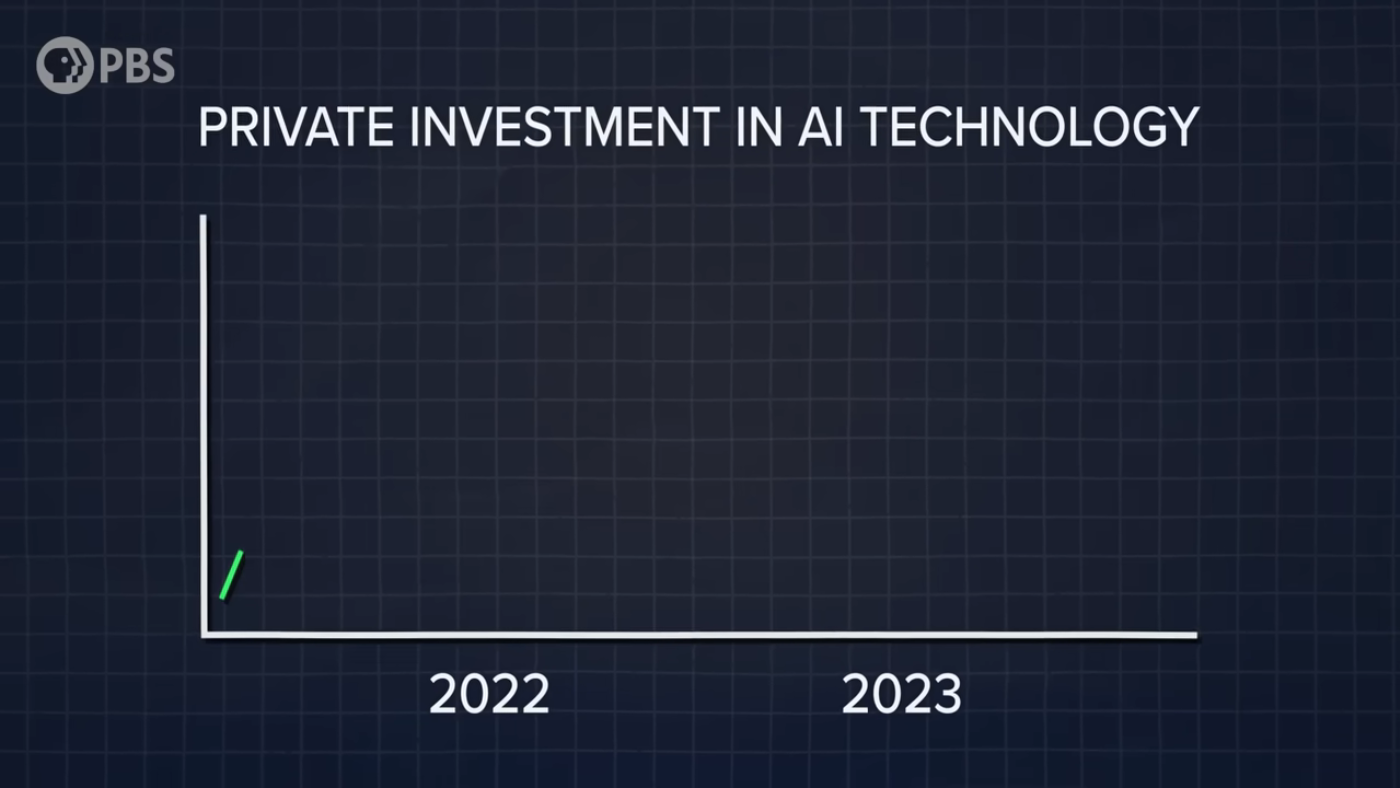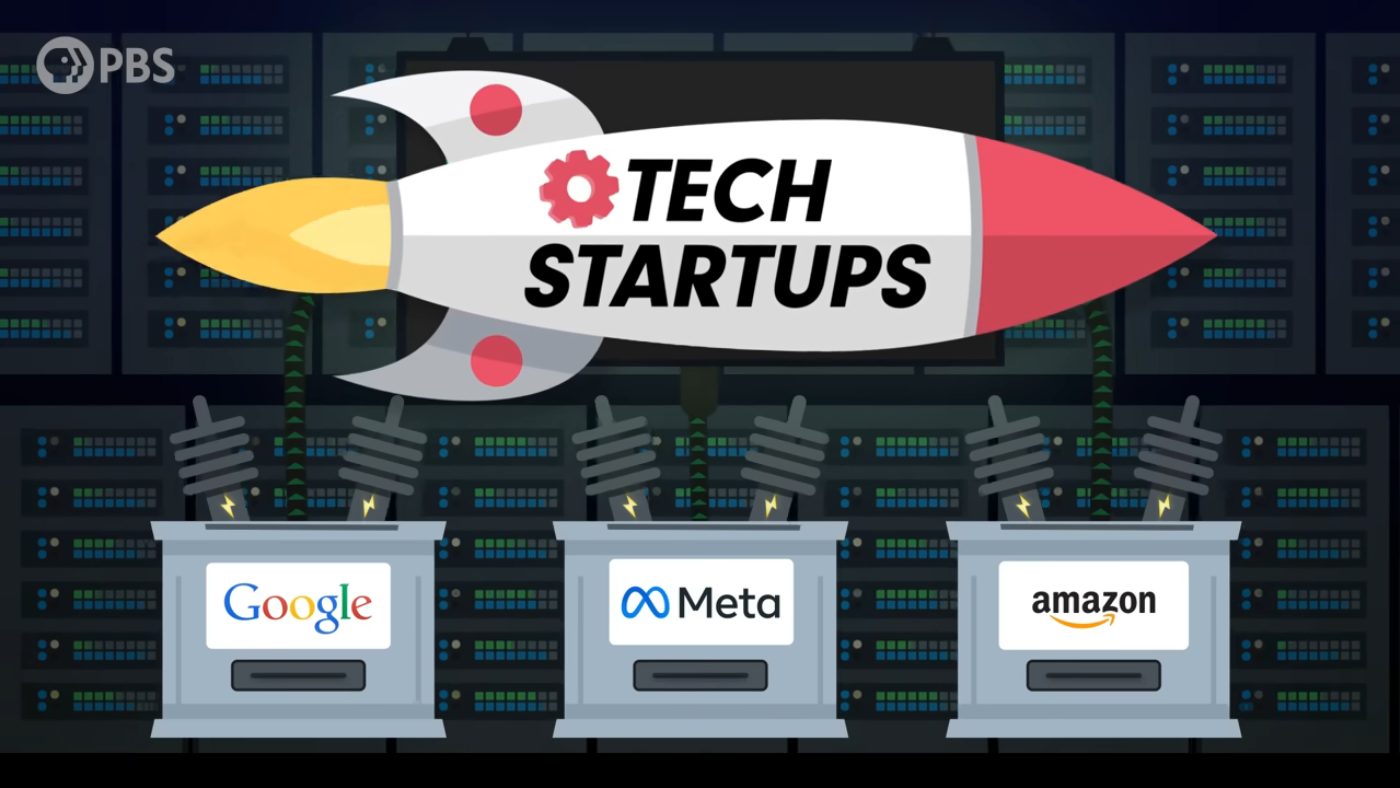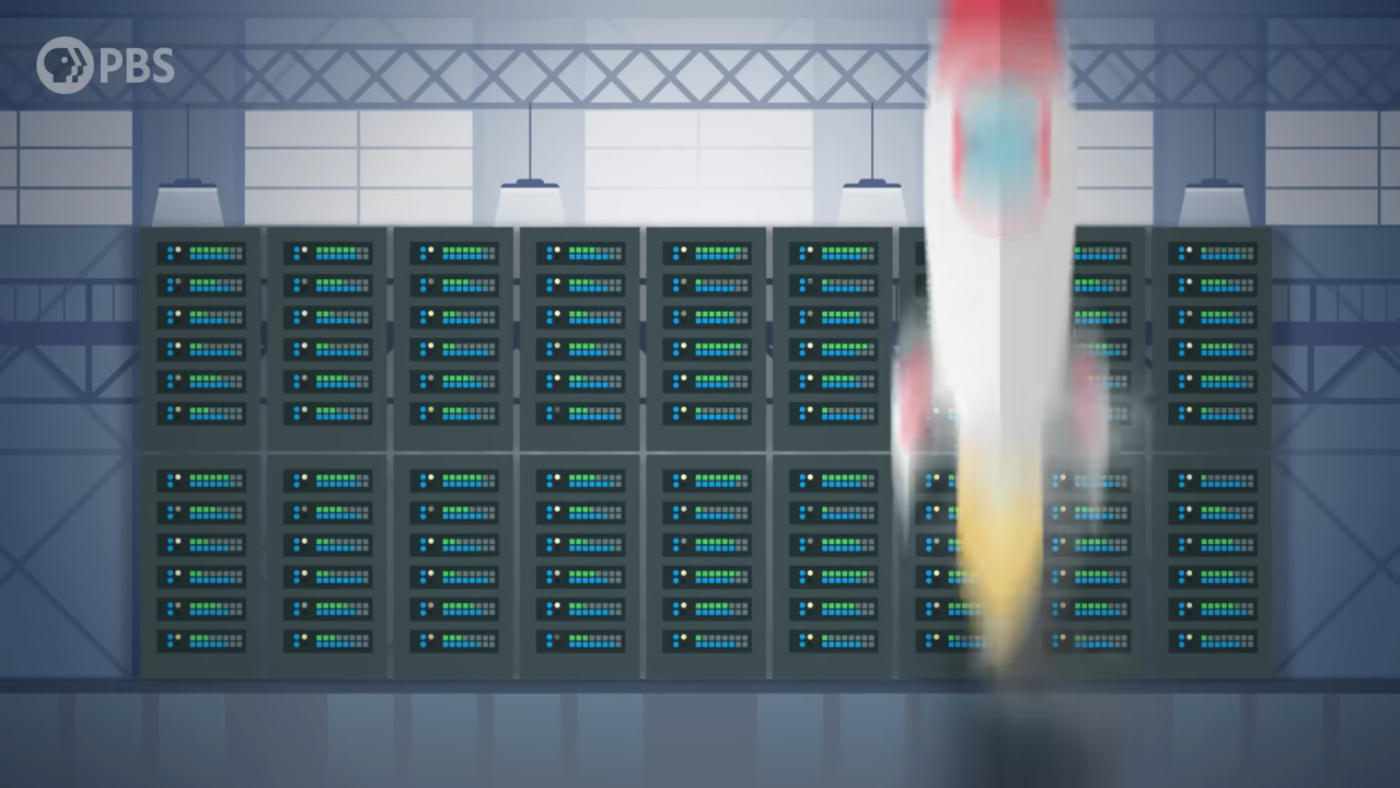The Artificial Intelligence Bubble: Will it Burst?
The world of artificial intelligence (AI) has been experiencing a significant surge in investment and growth over the past few years. With private investment in AI technology increasing eight-fold from 2022 to 2023, it's no wonder that many are hailing AI as the next big thing. However, some experts are warning that the current hype surrounding AI may be reminiscent of the dot-com bubble of the 1990s, where investors got carried away with the promise of new technology, only to see many of those companies fail to turn a profit.
The Rise of AI
 This is the caption for the image 1
In recent years, AI has made tremendous progress, with the development of models like ChatGPT and Midjourney. These models have the potential to revolutionize the way we live and work, and many tech companies are betting big on their potential. For example, NVIDIA, a company that makes the semiconductor chips that AI relies on, briefly became the most valuable company in the world in 2023.
This is the caption for the image 1
In recent years, AI has made tremendous progress, with the development of models like ChatGPT and Midjourney. These models have the potential to revolutionize the way we live and work, and many tech companies are betting big on their potential. For example, NVIDIA, a company that makes the semiconductor chips that AI relies on, briefly became the most valuable company in the world in 2023.
The Dot-Com Bubble
 This is the caption for the image 2
The dot-com bubble of the 1990s was a period of extreme speculation and investment in internet-based companies. Many of these companies failed to turn a profit, and the bubble eventually burst, leading to a significant decline in the value of technology stocks. However, the technology infrastructure and employee knowledge that were developed during this period laid the foundation for the next wave of tech startups and consumer behavior.
This is the caption for the image 2
The dot-com bubble of the 1990s was a period of extreme speculation and investment in internet-based companies. Many of these companies failed to turn a profit, and the bubble eventually burst, leading to a significant decline in the value of technology stocks. However, the technology infrastructure and employee knowledge that were developed during this period laid the foundation for the next wave of tech startups and consumer behavior.
Challenges Facing AI Companies
 This is the caption for the image 3
AI companies face significant challenges in turning a profit. They require massive data centers to process the large amounts of data used to train AI models, which can be expensive to operate. For example, ChatGPT alone runs on tens of thousands of NVIDIA chips, each costing $30,000. Additionally, AI companies face legal issues, such as lawsuits from media companies for using their content to train AI models without permission.
This is the caption for the image 3
AI companies face significant challenges in turning a profit. They require massive data centers to process the large amounts of data used to train AI models, which can be expensive to operate. For example, ChatGPT alone runs on tens of thousands of NVIDIA chips, each costing $30,000. Additionally, AI companies face legal issues, such as lawsuits from media companies for using their content to train AI models without permission.
The Environmental Cost of AI
 This is the caption for the image 4
The environmental cost of AI is also a significant concern. For example, ChatGPT uses as much electricity as 17,000 US households per day, making for a hefty electric bill. This has led to concerns about the sustainability of AI and its impact on the environment.
This is the caption for the image 4
The environmental cost of AI is also a significant concern. For example, ChatGPT uses as much electricity as 17,000 US households per day, making for a hefty electric bill. This has led to concerns about the sustainability of AI and its impact on the environment.
The Future of AI
 This is the caption for the image 5
Despite the challenges facing AI companies, there are still many potential applications for AI in various industries. For example, AI can be used to increase efficiency and productivity in businesses, and even replace human workers in some cases. However, businesses are approaching AI tentatively, with 63% of respondents in a McKinsey survey citing the inaccuracy of AI tools as a significant risk to their business.
This is the caption for the image 5
Despite the challenges facing AI companies, there are still many potential applications for AI in various industries. For example, AI can be used to increase efficiency and productivity in businesses, and even replace human workers in some cases. However, businesses are approaching AI tentatively, with 63% of respondents in a McKinsey survey citing the inaccuracy of AI tools as a significant risk to their business.
Conclusion
 This is the caption for the image 6
In conclusion, while AI has the potential to revolutionize many industries, the current hype surrounding AI may be reminiscent of the dot-com bubble of the 1990s. AI companies face significant challenges in turning a profit, and the environmental cost of AI is a significant concern. However, the technology infrastructure and employee knowledge developed during this period could lay the foundation for the next wave of tech startups and consumer behavior. As the market correction comes for AI, it's likely that some AI companies will become the next eBays and Amazons, while others may go the way of mp3.com. Ultimately, the future of AI will depend on its ability to overcome the challenges it faces and live up to its potential.
This is the caption for the image 6
In conclusion, while AI has the potential to revolutionize many industries, the current hype surrounding AI may be reminiscent of the dot-com bubble of the 1990s. AI companies face significant challenges in turning a profit, and the environmental cost of AI is a significant concern. However, the technology infrastructure and employee knowledge developed during this period could lay the foundation for the next wave of tech startups and consumer behavior. As the market correction comes for AI, it's likely that some AI companies will become the next eBays and Amazons, while others may go the way of mp3.com. Ultimately, the future of AI will depend on its ability to overcome the challenges it faces and live up to its potential.
